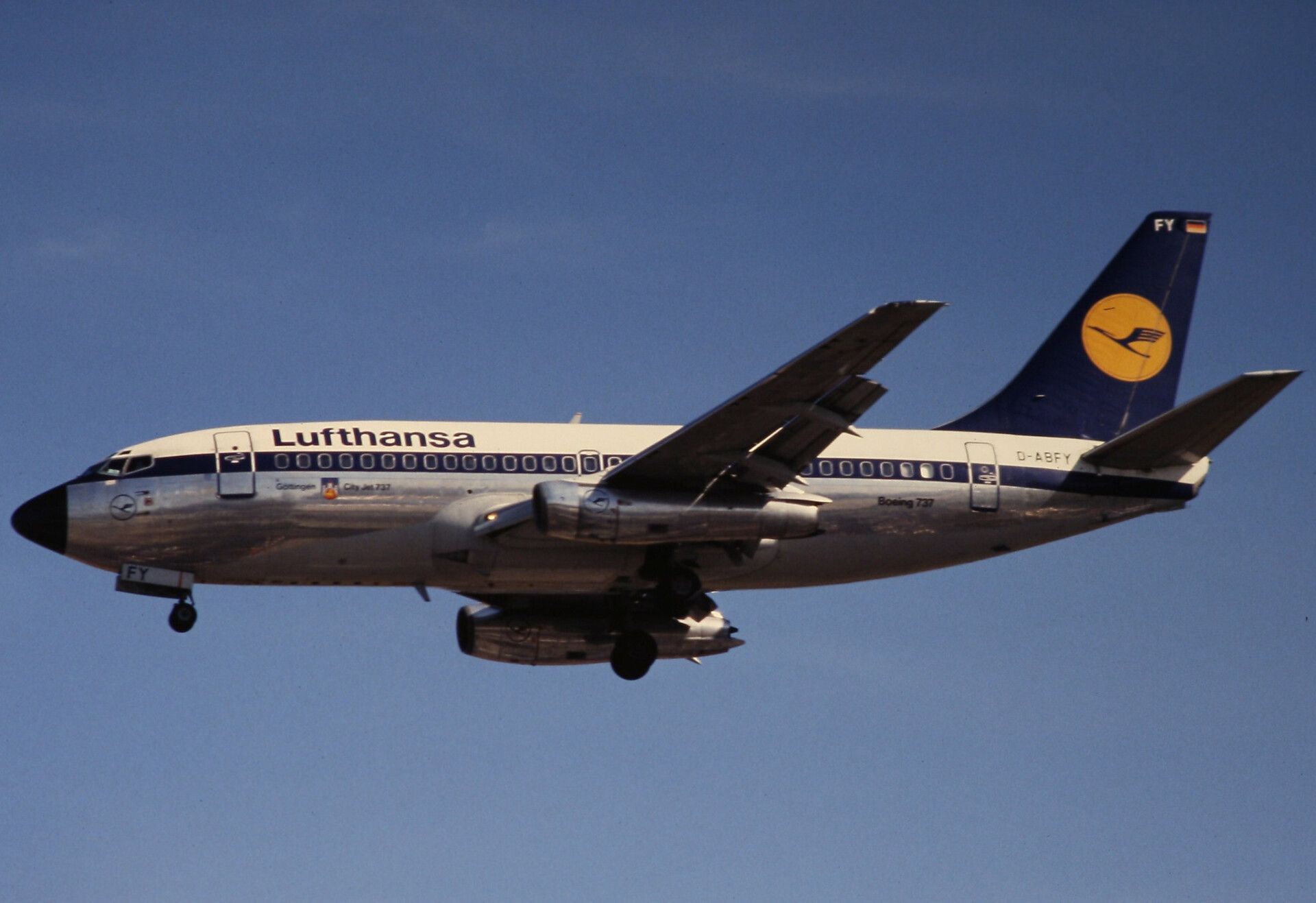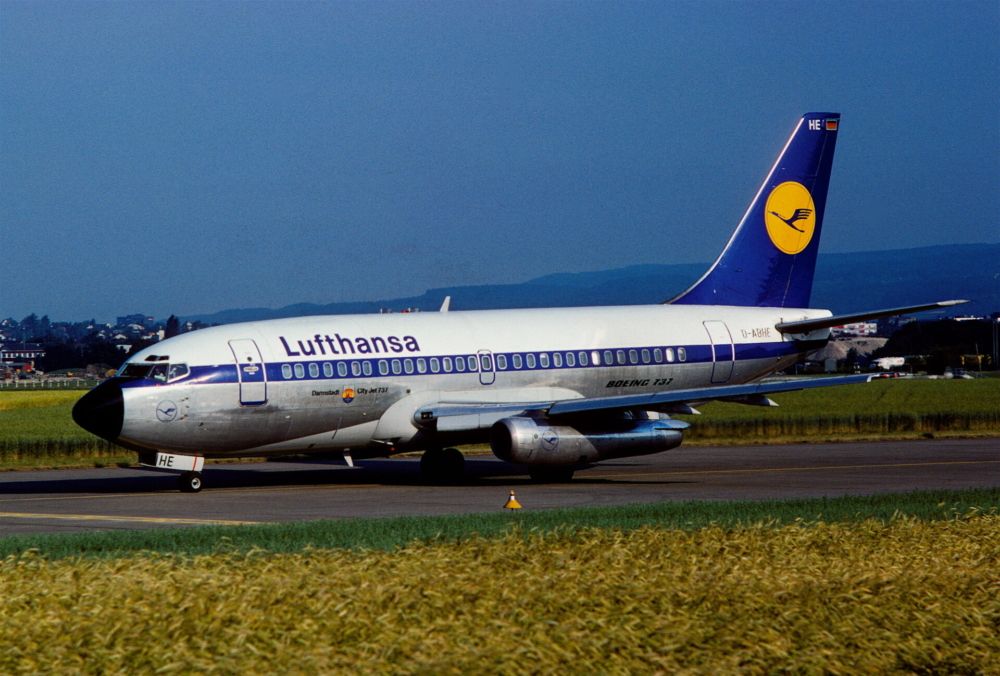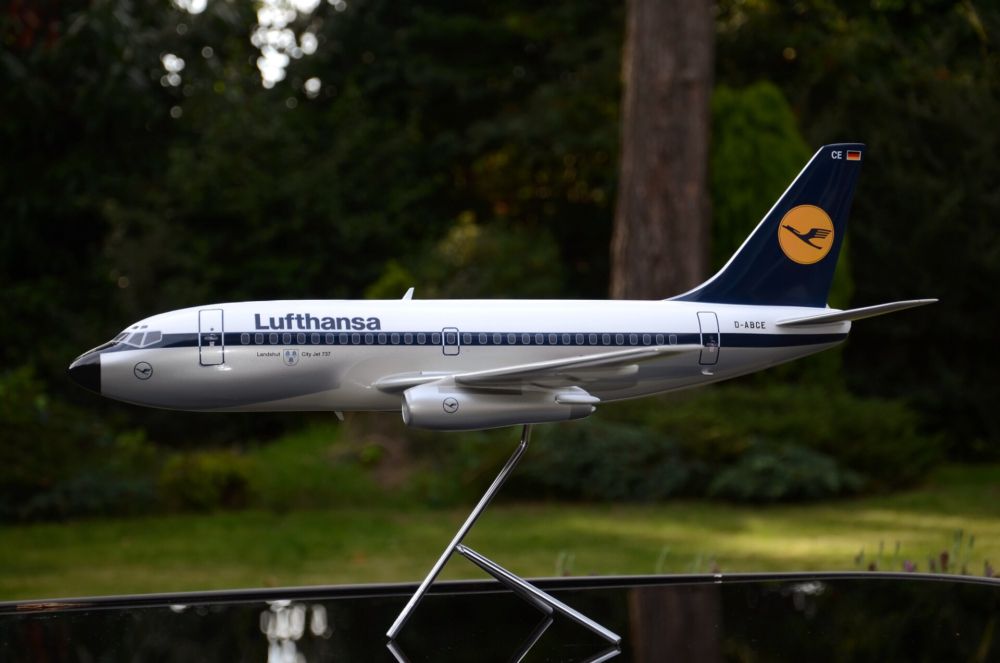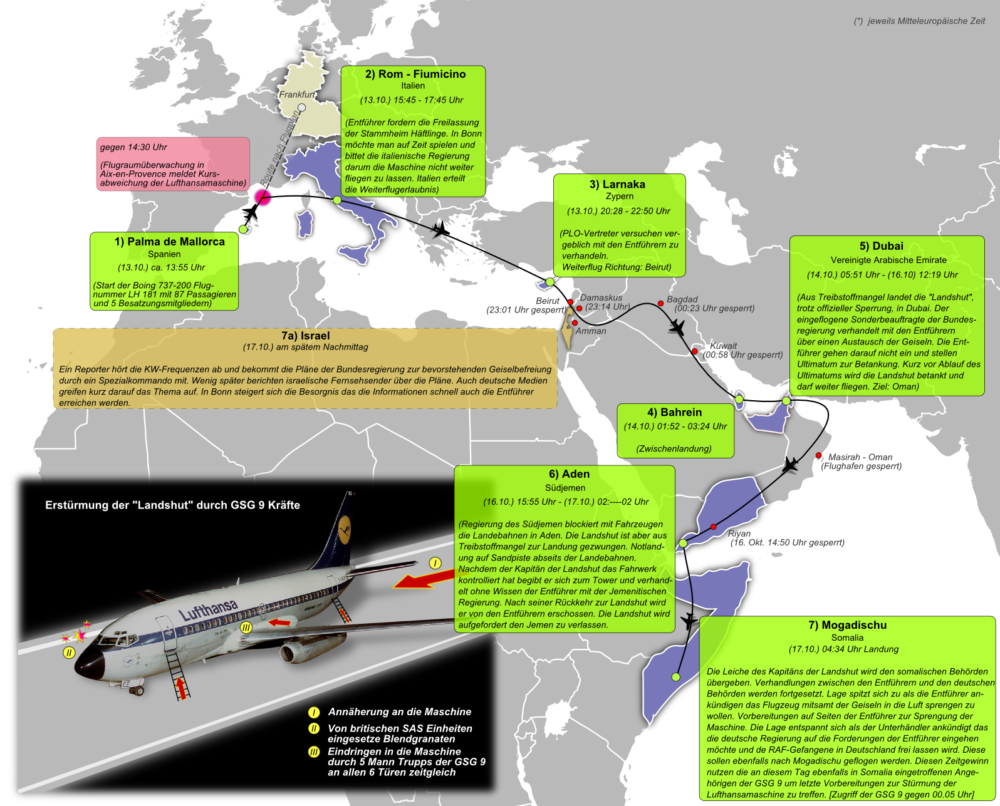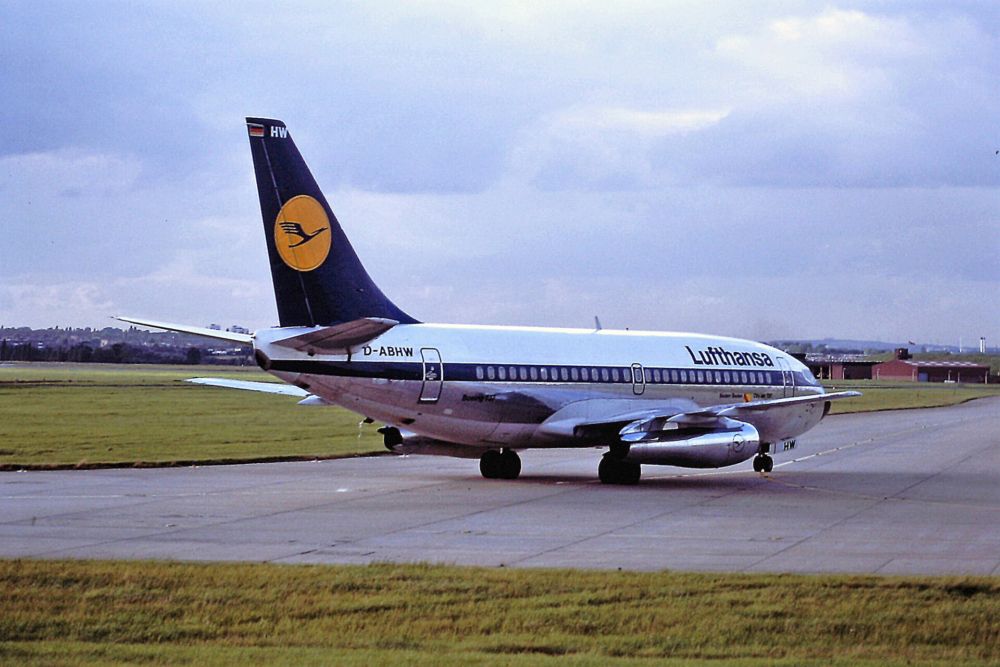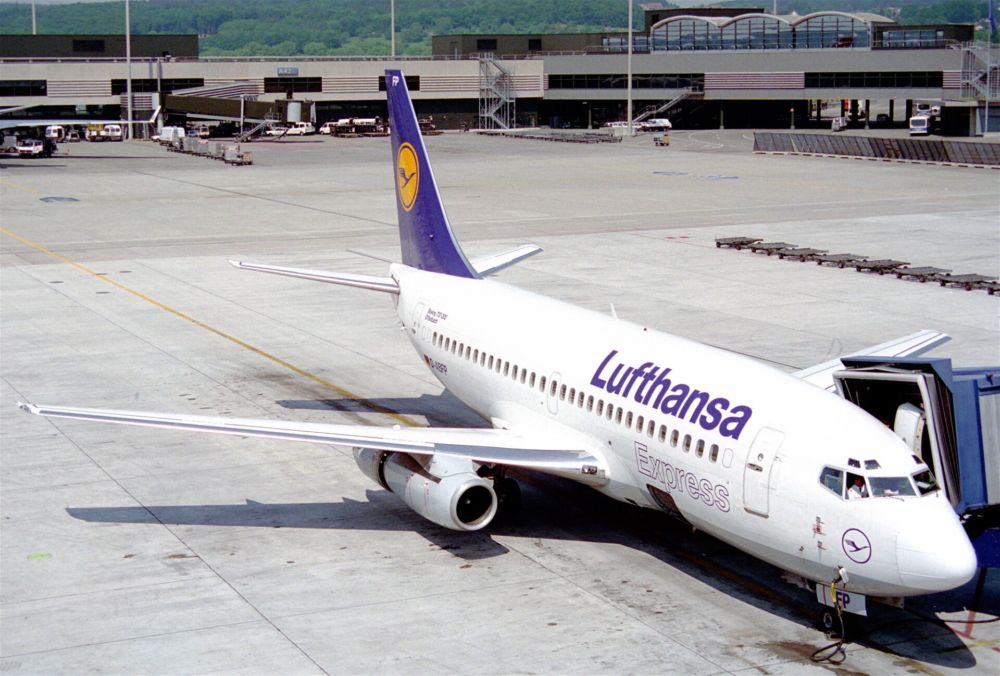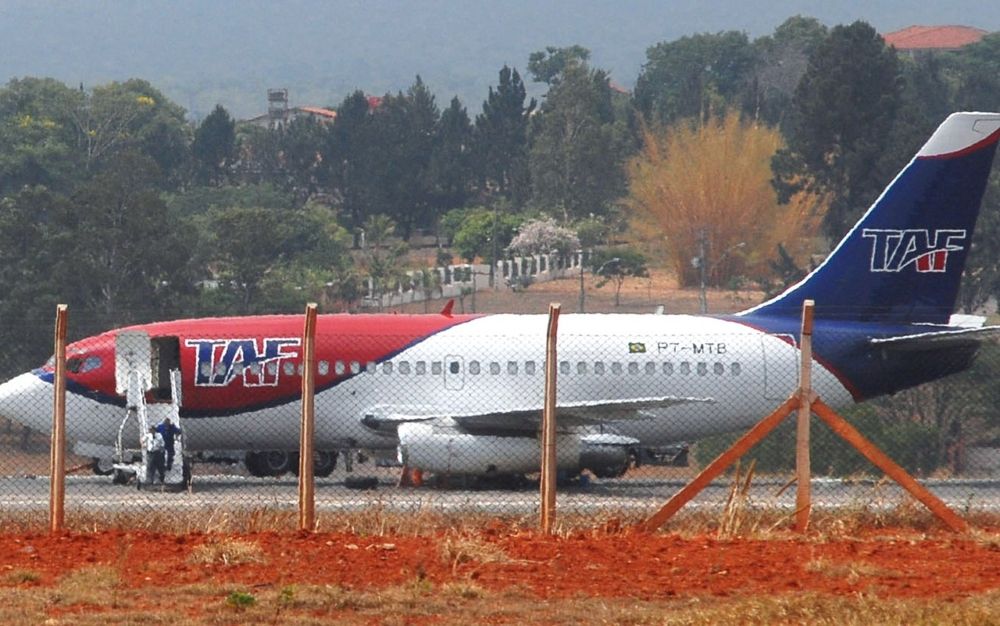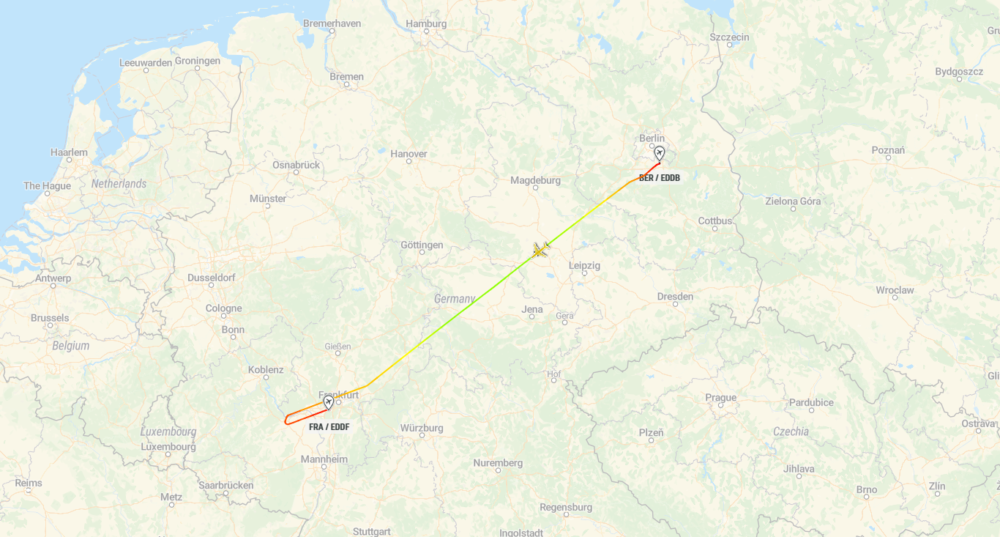It has now been 44 years since the hijack of Lufthansa flight 181. Considered to be one of the defining events of the so-called 'German Autumn,' the five-day ordeal saw one of the German flag carrier's Frankfurt-bound Boeing 737s taken to Mogadishu, Somalia.
The German Autumn - a brief background
To understand the context within which Lufthansa flight 181 was hijacked, it is important to establish the tense political climate in which the incident occurred. Late 1977 saw a series of events take place known as the German Autumn. These were characterized by attacks carried out by a radical left-wing group known as the Red Army Faction (RAF).
Born out of the 1968 student movement in Germany, the RAF targeted high-ranking political and financial figures. The group was driven by a feeling of frustration regarding older generations' lack of action when it came to addressing the country's dark history during the Nazi era (1933-1945), particularly during the Second World War.
The hijack of Lufthansa flight 181 came about following the arrests of several key RAF members. It was hoped that the event could be used as a means of leverage to secure their release. However, the result was instead the end of both the German Autumn and the first generation of the RAF's leadership. Let's examine how exactly the hijack panned out.
Lufthansa flight 181 was very ordinary in nature, to begin with. The service originated in Palma de Mallorca, and its destination was Frankfurt. This remains a key route today, with the Spanish island being a popular holiday destination among German tourists. Indeed, Mallorca has even become known unofficially as the 17th German state for this reason.
The flight took off on October 13th, 1977, at 14:00 local time. It had 90 passengers and five crew members (two pilots and three flight attendants) onboard. The aircraft operating it bore the registration D-ABCE, and the name Landshut, after a Bavarian town.
According to data from ATDB.aero, this was one of six convertible Boeing 737-200C aircraft to fly for Lufthansa. The airline also flew 44 examples of the standard passenger-carrying 737-200. D-ABCE had joined the German flag carrier on January 12th, 1970
Stay informed: Sign up for our daily and weekly aviation news digests.
The hijack begins
While the flight was cruising over Marseille, France, four militants from the Popular Front for the Liberation of Palestine began the hijack. One entered the cockpit while the others remained in the cabin, where they instructed passengers and crew to put their hands up.
Among those in the cabin was the flight's First Officer, Jürgen Vietor. He had been removed from the cockpit by hijacker Zohair Youssif Akache, who took his place to coerce Captain Jürgen Schumann to divert away from Frankfurt and head to Larnaca, Cyprus. This required a midway fuel stop in Rome, where the aircraft landed that afternoon.
It was at this point that the hijackers made their demands. Specifically, they asked for $15 million ($68 million today), as well as the release of 10 detained RAF members and two fellow Palestinians that were in Turkey at the time. Italian authorities elected not to act, instead ridding themselves of the issue by allowing the aircraft to take off that evening.
Over the next few days, the aircraft made several stops as it journeyed through Europe, the Middle East, and Africa. A two-and-a-half-hour stop in Larnaca saw the plane refuel once again, before continuing its journey. Landing clearance in several Middle Eastern locations was denied, but it eventually touched down in Bahrain in the early morning of October 14th.
Into the Middle East
Local troops surrounded the aircraft upon its arrival in Bahrain. However, they withdrew following a threat from the hijackers that they would shoot co-pilot Jürgen Vietor. This allowed them to get the plane refueled and depart again at 03:24 local time. The plane's next stop was Dubai, where the aircraft had to land due to it running low on fuel.
This happened despite attempts to block the airport's runway to prevent the hijacked jet from touching down. The aircraft remained on the ground in the UAE for more than two days, during which a rescue attempt was considered. However, the German special forces instead to undertake practice exercises ahead of the real thing, and trained for 45 hours.
The aircraft eventually took off again just after midday on October 16th, 1977. Its next destination was Aden in Yemen, where the plane had to touch down on a sandy surface owing to being refused permission to land on either of its actual runways.
This prompted Captain Jürgen Schumann to undertake an inspection of the aircraft before continuing. He did so with permission from the hijackers, but, after he didn't return as quickly as the militants had wanted, he was fatally shot in front of the passengers.
Following this, First Officer Vietor was made to take control of the aircraft. After refueling, the flight took off once again just after two in the morning on October 17th. The departure is said to have been rather slow, and even dangerously so. Flight 181 made its final touchdown in Mogadishu, Somalia, at around 06:34 local time on October 17th.
The rescue operation
Upon landing, the hijackers actually gave Vietor permission to flee following a textbook landing. However, he elected to remain onboard with the flight's passengers and crew. Meanwhile, the hijackers set a 16:00 deadline for the release of the RAF prisoners.
They later extended this to 02:30 on the morning of October 18th, and were soon told that the RAF members had indeed been set free and were in transit to Mogadishu. Meanwhile, an unlit Boeing 707 full of special forces commandos landed in darkness in preparation for the rescue operation. This began at just after two in the morning.
Having first lit a small fire to distract the militants, the special forces stormed the aircraft through its emergency doors. A brief gun battle followed, resulting in the deaths of three of the four hijackers (two immediately and one later). The fourth hijacker was injured, as were three passengers and a member of cabin crew, who were caught in the crossfire.
The operation took just five minutes, concluding at 02:12 local time. With the rescue attempt complete, passengers were evacuated from the aircraft, with all 86 leaving alive. They were then flown to Cologne along with the commandos that same morning.
The aftermath
The survivors and their rescuers arrived back to a hero's welcome. All in all, their ordeal had lasted just under five days from start to finish. The failure of the hijackers to receive their demands proved to be a defining moment at the end of the German Autumn.
The deaths of three leading RAF members among the prisoners the militants had hoped to secure the release of followed shortly after. These deaths remain surrounded by controversy, and are alleged to have been suicides within the prison walls. This forms a key storyline in director Uli Edel's 2008 German film The Baader Meinhof Complex.
As for the aircraft, data from ATDB.aero shows that it stayed with Lufthansa until 1985. It continued to fly for several decades, eventually bowing out in 2008 having most recently served Brazilian carrier TAF Linhas Aéreas. As it stands, it is presently in a disassembled state in Friedrichshafen, with plans for a museum restoration potentially afoot.
Did you know about the hijacking of Lufthansa flight 181? What are your memories of this event? Let us know your thoughts in the comments.

